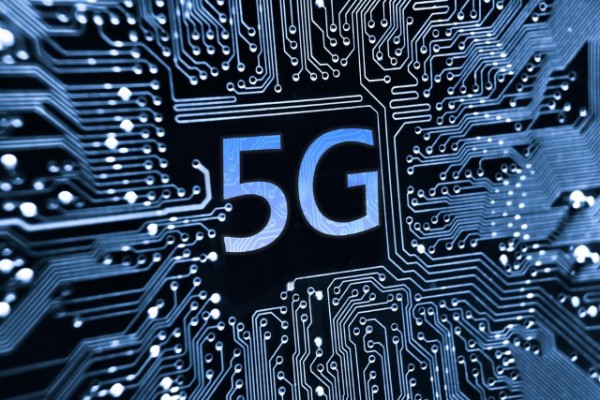
Outside of those directly involved in the telecommunications industry, what goes on behind the cellular and wireless networks may be a mystery.
The truth is that telecoms is advancing just as fast as the rest of the world, and these quieter innovations are driving forces in the success of much of the technology we see featured in the news headlines today.
Where we’ve been: 5G
From 3G to 4G to 5G, the telecommunications industry has continually advanced the capabilities of its networks on a frequent basis, often looking to the next breakthrough even before the widespread adoption of its latest discovery. This is certainly what we’ve seen in the case of 5G -- what many end users might not know is that over half of the world’s population have mobile subscriptions for 2G service only (Tolaga Research analyst Phil Marshall).
So what do we know about 5G now? As the Internet of Things has continued to gain momentum, the need for a network with the power of 5G is undeniable. With 2016 slated to be the year of the connected and self-driven automobile and Internet-connected devices everywhere you look, 5G is on the tip of everyone’s tongue.
The initial deployment of 4G networks was presented without clear requirements, raising the question as to if it was really an improvement over 3G. There are lessons to learn from this experience, such as ensuring a consensus on the network provisions is met ahead of implementation and deployment. As network bandwidth is already hitting bottlenecks on the 4G services, it’s clear that something needs to be done to keep up with new technologies. However, hundreds of millions of dollars have been spent on 4G deployment already, and the plan is not even complete yet. A new network would put additional burden on budgets, so consumers have to decide if they’re ready to increase their expenses for the ability to achieve the new network speeds.
Where we’re going: Gigabit internet
5G is leading the charge as the new sought-after network, and although not completely standardized across the board, it has a general idea and timeline to work against. This includes faster and more reliable connections across devices for consumers, and general availability by 2020. While there will certainly be hurdles, 5G deployment is already well on its way.
On a different end of the spectrum, Gigabit internet access is stirring up interest across the United States. The service is typically delivered over fiber optic lines and claims speeds up to 100x faster than the average broadband connection. Some big names are already offering the service, including AT&T, Google Fiber, Comcast and Cox.
Gigabit internet will also encounter obstacles along the way, much like 5G. The deployment is physical (not virtual), and requires additional infrastructure to be built. This means that Gigabit internet can only be rolled out city by city, and service providers have to pick and choose where they bring the access while the cities they decide on have to ensure infrastructure and topography are aligned with the requirements to build a local fiber network.
Where we are now
The telecom industry is tired of being overlooked when it comes to sexy new technology -- when it comes to leading the charge for new technology trends and advancements, it’s telecom that makes it happen. Over the next five years, telecom will undergo a massive transformation that will include both 5G and Gigabit internet deployment -- telcos are bringing sexy back!
Photo credit: wk1003mike / Shutterstock
 Ed Fox Vice President of Network Services at MetTel. He is responsible for the planning, deployment, and operations of MetTel's broadband, data, and VoIP network infrastructure. He has over 20 years of telecommunications and network experience managing massive organizational and customer growth at major telecommunications providers.
Ed Fox Vice President of Network Services at MetTel. He is responsible for the planning, deployment, and operations of MetTel's broadband, data, and VoIP network infrastructure. He has over 20 years of telecommunications and network experience managing massive organizational and customer growth at major telecommunications providers.



 Ed Fox is VP of Network Services at
Ed Fox is VP of Network Services at